High blood pressure is a common health issue that affects many people worldwide. It can lead to serious problems if not managed properly. Diet plays a big role in controlling blood pressure levels.
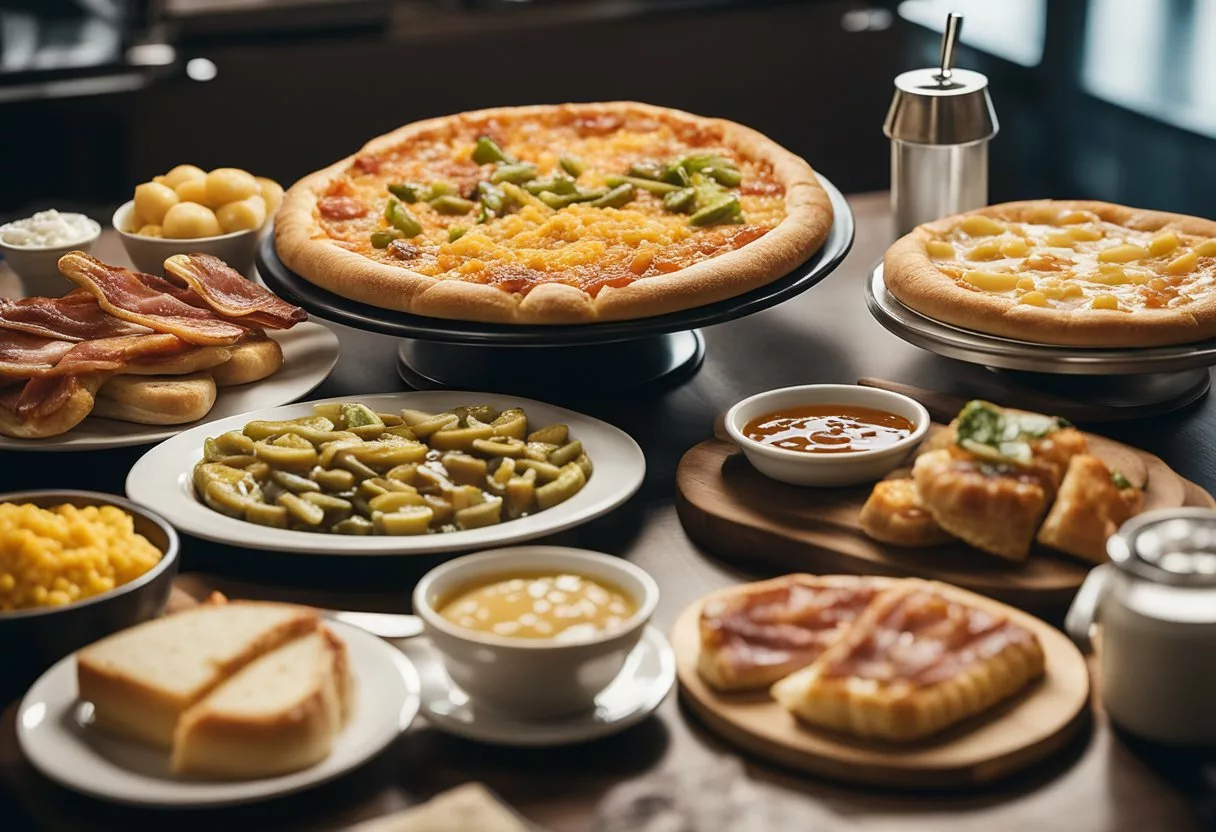
Some foods can make high blood pressure worse. Knowing which foods to avoid can help people keep their blood pressure in check. This article looks at 10 foods that may be bad for people with high blood pressure.
1) Canned Soup
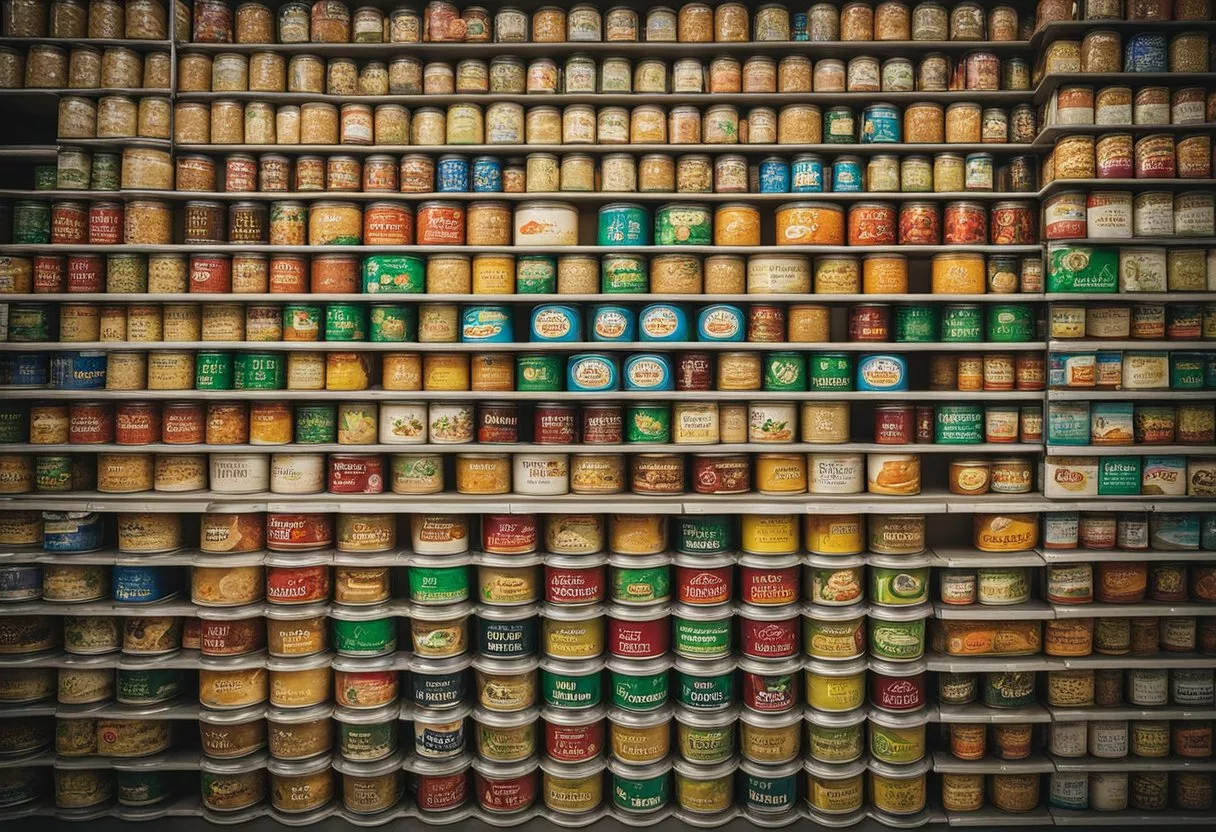
Canned soup is a common item in many pantries, but it can be a problem for people watching their blood pressure. Many canned soups are loaded with sodium, which can raise blood pressure levels.
A single serving of canned soup often contains a large portion of the recommended daily sodium intake. This high sodium content can lead to fluid retention and increased blood pressure.
Even soups labeled as “reduced sodium” or “low sodium” may still have more salt than is ideal for those with high blood pressure. It’s important to read nutrition labels carefully when choosing canned soups.
Some canned soups also contain added sugars and unhealthy fats. These ingredients can contribute to weight gain, which is another risk factor for high blood pressure.
Homemade soups are often a better choice. They allow for control over ingredients and sodium content. When using canned soup, look for options with lower sodium and no added sugars.
2) Pickles
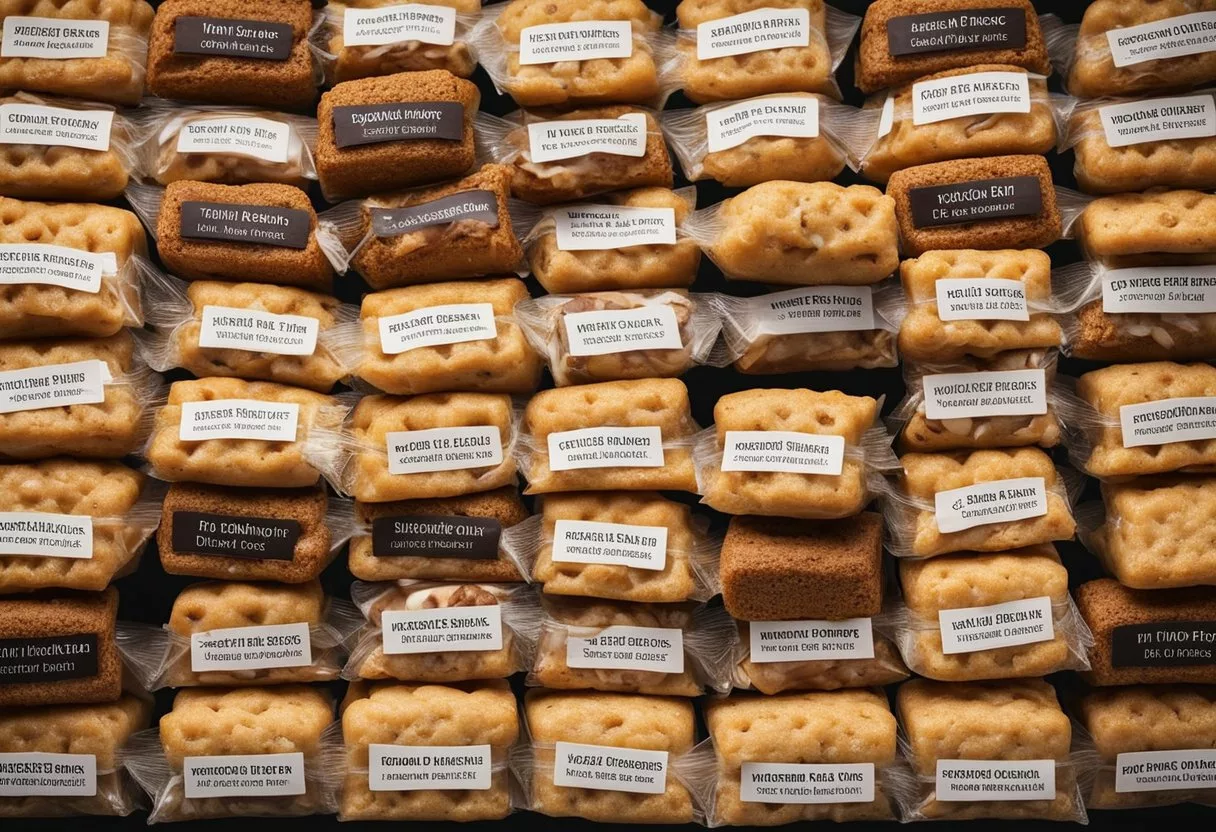
Pickles are a popular snack and condiment, but they can be bad for blood pressure. The pickling process uses a lot of salt to preserve cucumbers and other vegetables.
This high salt content makes pickles a food to avoid for people with high blood pressure. Salt causes the body to retain water, which puts extra stress on blood vessels.
Pickles and other pickled foods like olives and sauerkraut are very high in sodium. Even a small serving can contain a large portion of the recommended daily sodium intake.
For those watching their blood pressure, it’s best to limit or avoid pickles. Fresh cucumbers are a healthier alternative that provide crunch without the excess sodium.
If someone really enjoys pickles, they can look for low-sodium options. These have less impact on blood pressure but should still be eaten in moderation.
3) Deli Meats
Deli meats are a popular sandwich filling, but they can be bad for blood pressure. Many deli meats are high in sodium, which can raise blood pressure levels.
Sodium helps the body retain water. This extra fluid puts stress on blood vessels and can increase blood pressure. Most people should limit sodium intake to 2,300 mg per day or less.
Some deli meats also contain preservatives like sodium nitrate. These additives may contribute to high blood pressure as well.
Healthier options do exist. Some brands offer low-sodium versions of deli meats. Reading labels can help identify better choices with less sodium and fewer preservatives.
For those watching their blood pressure, it’s best to limit deli meat intake. Fresh meats or vegetarian protein sources are often better alternatives for sandwiches and meals.
4) Frozen Pizza
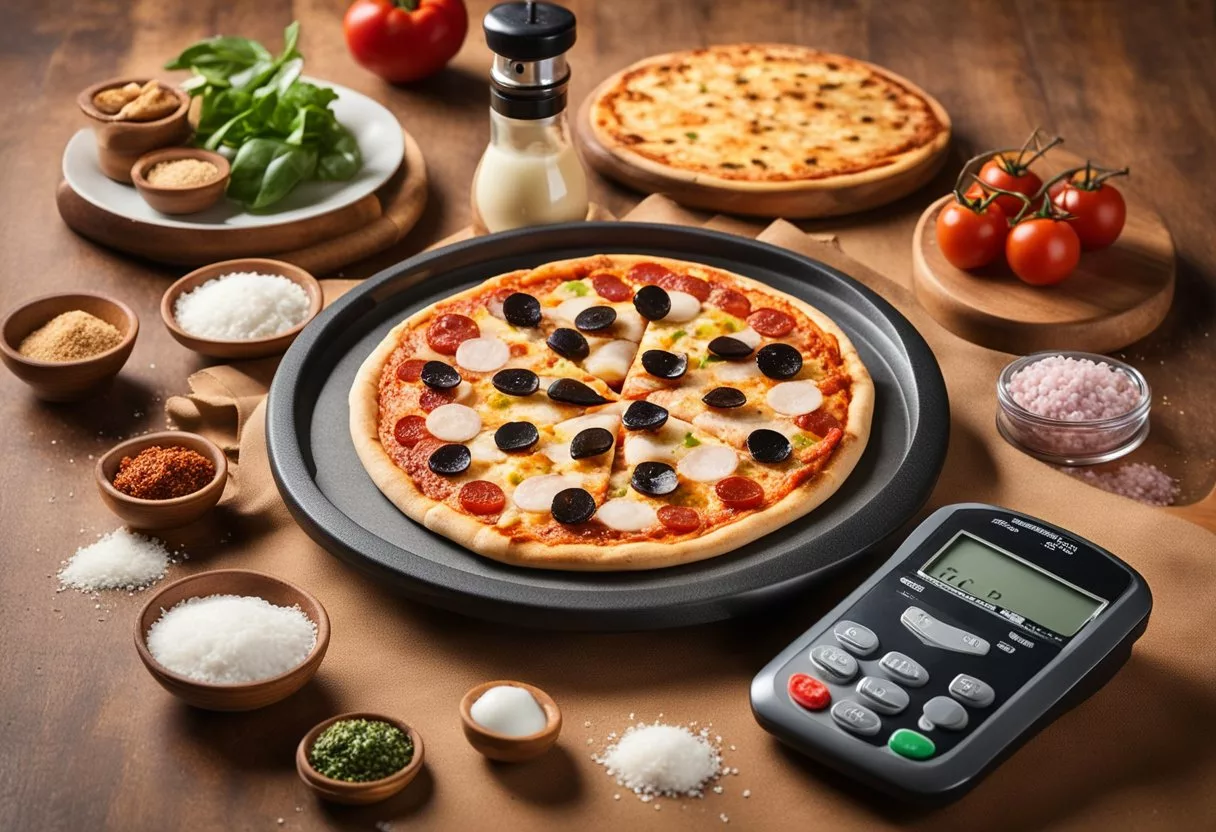
Frozen pizza is a convenient meal option, but it can be bad for blood pressure. Many frozen pizzas are high in sodium, which can raise blood pressure levels.
A single serving of frozen pizza often contains a large portion of the recommended daily sodium intake. This can lead to increased fluid retention and put extra strain on the heart and blood vessels.
Frozen pizzas also tend to be high in saturated fats. These fats can contribute to the buildup of plaque in arteries, potentially leading to hypertension and other cardiovascular issues.
The refined carbohydrates in pizza crust can cause rapid spikes in blood sugar. This may indirectly affect blood pressure by promoting inflammation and weight gain over time.
To make a healthier choice, people can look for frozen pizzas with lower sodium content. Adding extra vegetables as toppings can also help improve the nutritional value of the meal.
For those with high blood pressure or at risk of developing it, it’s best to limit consumption of frozen pizzas. Homemade pizzas with whole grain crusts and fresh toppings are a better alternative.
5) Instant Noodles
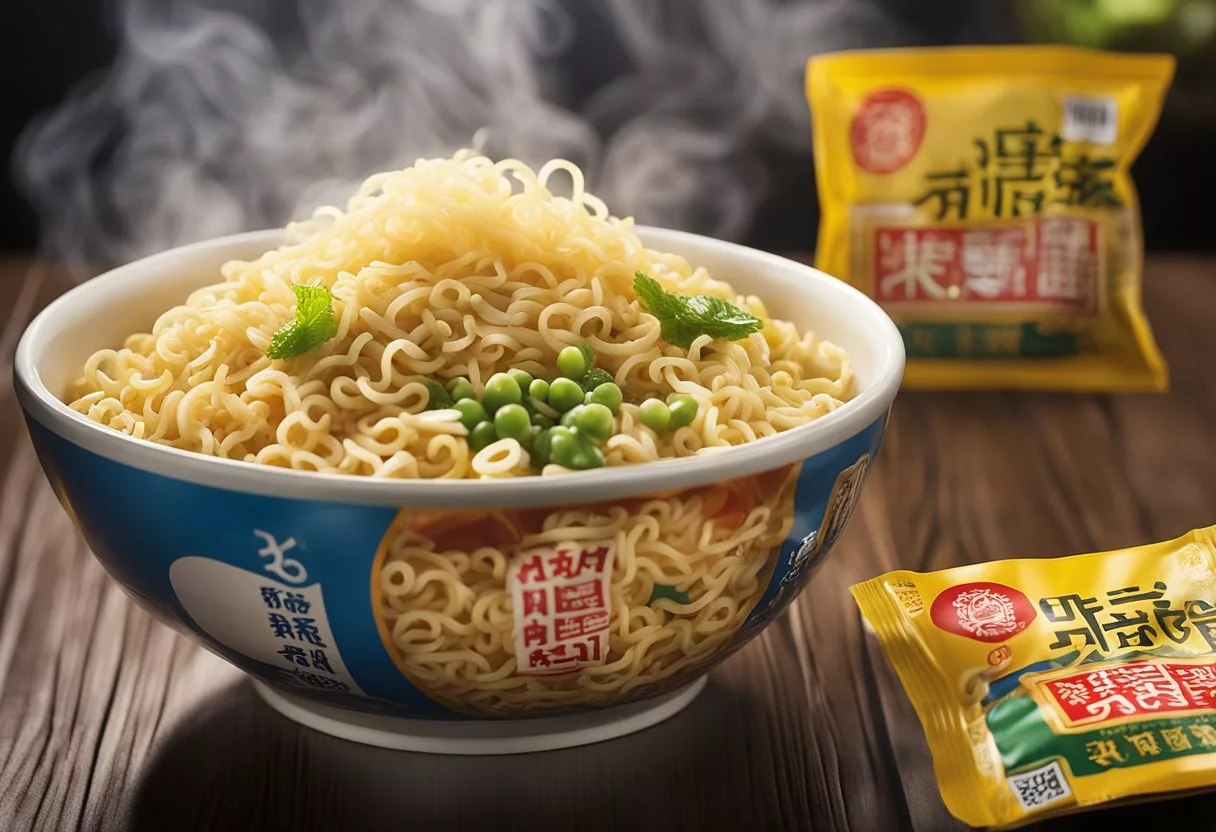
Instant noodles are a popular convenience food, but they can be bad for blood pressure. These quick meals often contain high amounts of sodium, which can raise blood pressure levels.
A single serving of instant noodles can have up to 1,000 milligrams of sodium. This is almost half the recommended daily limit for many people.
The high salt content in instant noodles can lead to water retention. This puts extra strain on blood vessels and the heart, potentially increasing blood pressure.
Instant noodles are also often fried during production. This process adds unhealthy fats that may contribute to weight gain and heart problems.
Some studies have linked frequent consumption of instant noodles to health issues. These include high blood pressure and other cardiovascular risks.
For people watching their blood pressure, it’s best to limit or avoid instant noodles. Healthier alternatives include whole grain pasta or homemade soups with less sodium.
6) Coffee Creamers
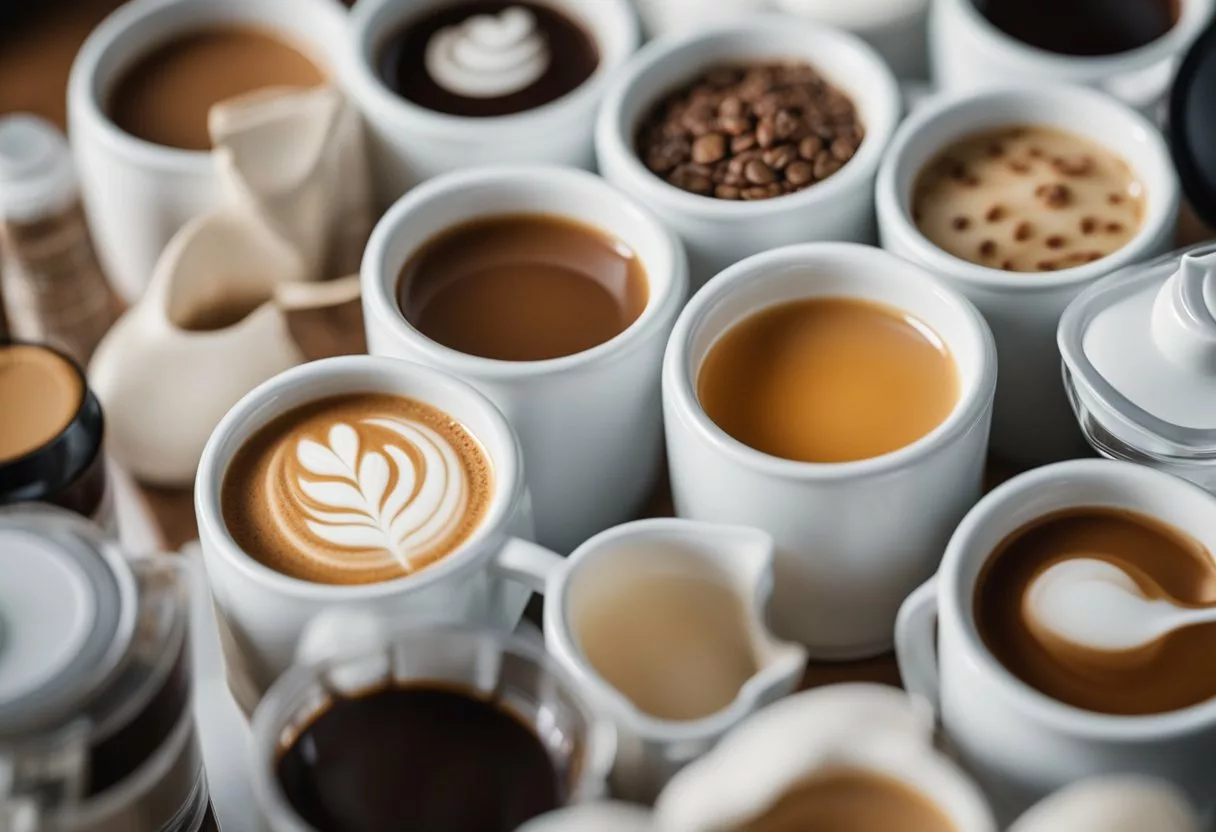
Coffee creamers can be a hidden source of unhealthy ingredients that may raise blood pressure. Many store-bought creamers contain added sugars and unhealthy fats.
These additives can contribute to weight gain and inflammation, both of which are linked to higher blood pressure. Some creamers also have high sodium content, directly impacting blood pressure levels.
Healthier alternatives to traditional coffee creamers exist. Low-fat or skim milk provides creaminess without the added sugars and fats. Unsweetened plant-based milks like almond or oat milk are also good options.
For those who prefer flavored creamers, homemade versions can be a better choice. A simple blend of hemp seeds, milk, vanilla extract, and cinnamon can create a tasty, healthier creamer.
When choosing coffee creamers, it’s important to read labels carefully. Look for options with minimal added sugars and saturated fats. Some brands now offer low-cholesterol alternatives that may be better for blood pressure.
7) Packaged Snack Cakes

Packaged snack cakes are a tempting treat, but they can be bad for blood pressure. These sweet treats often contain high amounts of added sugars and unhealthy fats.
Many snack cakes are packed with refined sugars, which can lead to weight gain. Being overweight puts extra strain on the heart and blood vessels.
The unhealthy fats in these products can raise bad cholesterol levels. This can cause plaque buildup in arteries, making it harder for blood to flow.
Snack cakes also tend to be high in sodium. Too much sodium can make the body hold onto extra water, increasing blood volume and pressure.
Commercially baked goods like packaged cakes often contain refined carbohydrates. These can cause quick spikes in blood sugar, which may affect blood pressure over time.
People with high blood pressure should limit their intake of packaged snack cakes. Choosing healthier snacks like fresh fruits or unsalted nuts is a better option for heart health.
8) Microwave Popcorn
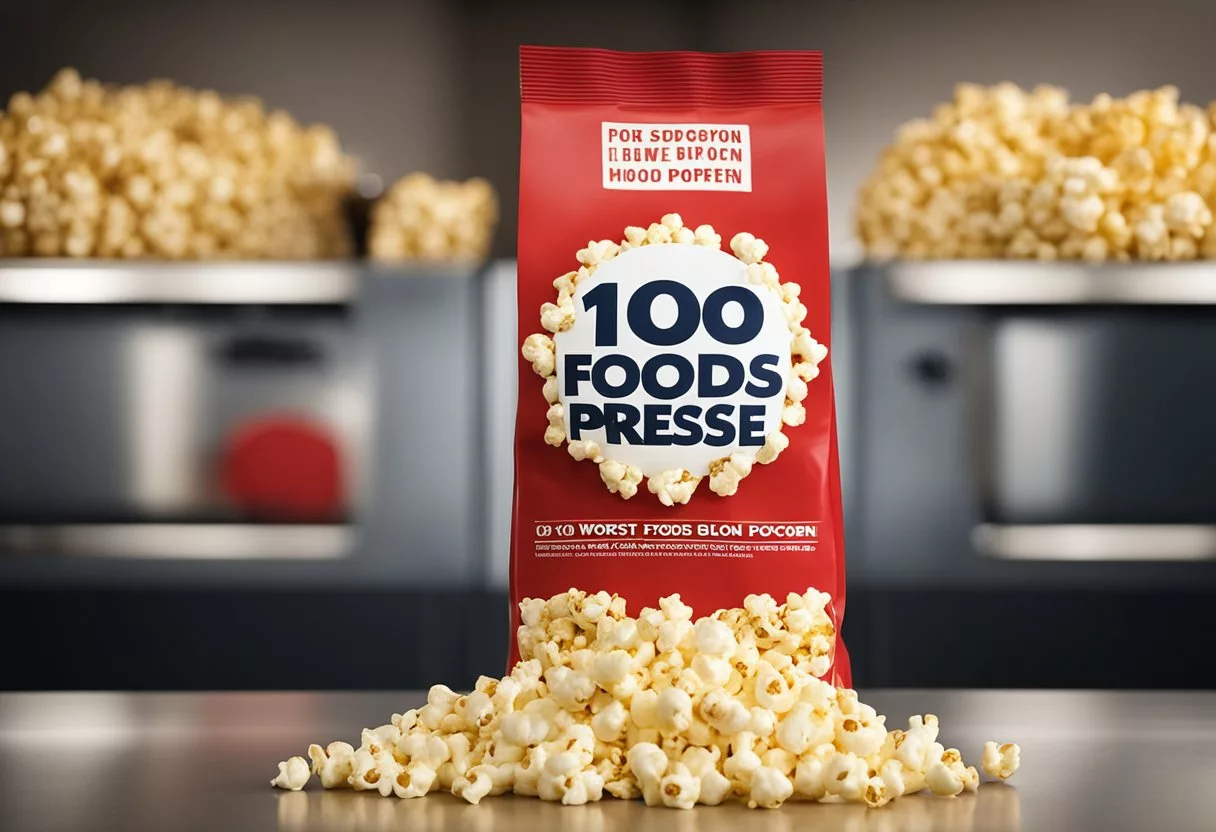
Microwave popcorn can be a problematic snack for those watching their blood pressure. Many brands contain high levels of sodium, which can raise blood pressure.
The convenience of microwave popcorn often comes at a cost to health. Some varieties pack up to 300 mg of sodium per serving, which is a significant amount for a single snack.
The typical microwave popcorn is one of the worst foods for high blood pressure. This is due to its high salt content and other additives that may affect cardiovascular health.
In addition to sodium, some microwave popcorn brands used to contain chemicals in their packaging and flavoring that raised health concerns. While many manufacturers have removed these ingredients, it’s still wise to check labels carefully.
For those craving popcorn, healthier alternatives exist. Air-popped popcorn or stovetop versions allow for control over added salt and oils. These options can be seasoned with herbs or spices instead of salt for a blood pressure-friendly snack.
9) Fast Food French Fries
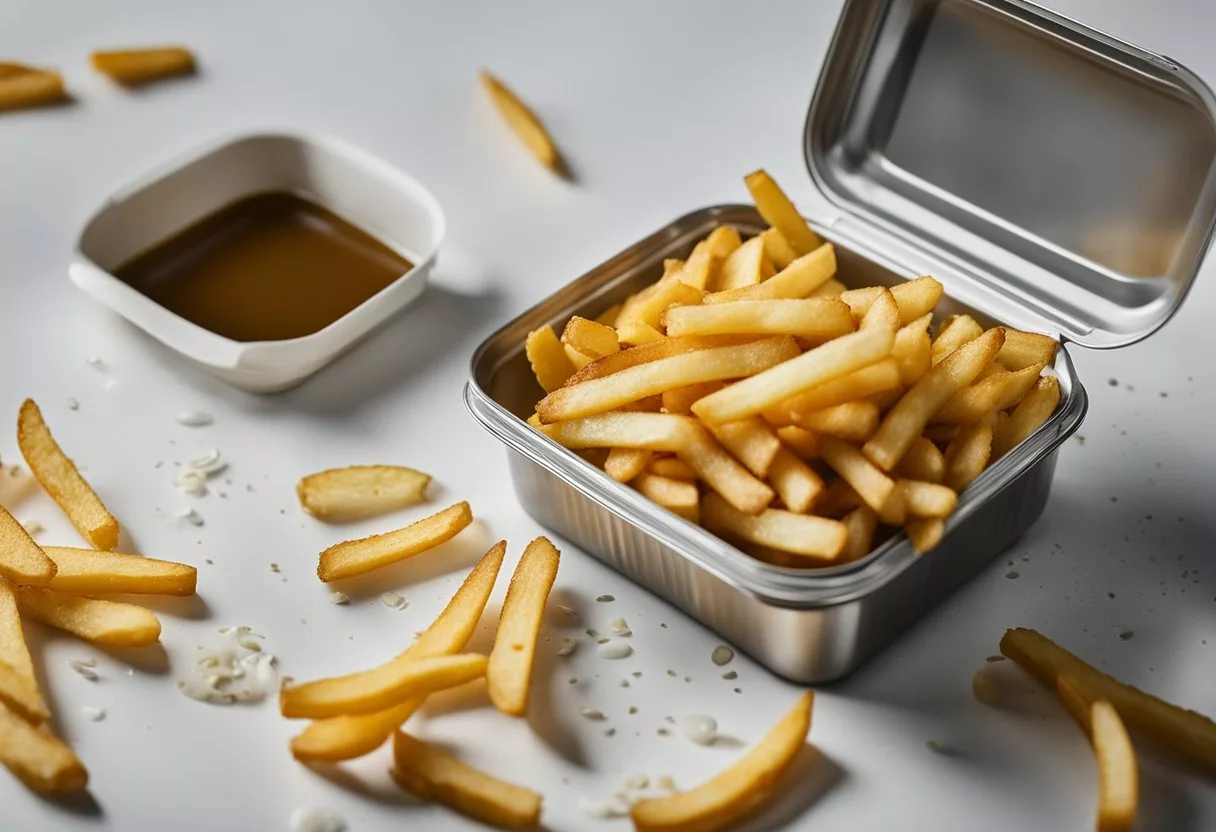
Fast food french fries are a popular side dish, but they can be bad for blood pressure. These crispy treats are often high in salt and fat.
Most fast-food chains use a lot of salt on their fries. Too much salt can make blood pressure go up. One medium serving of fries can have up to 240 mg of sodium.
The cooking method for french fries is also a problem. They are usually deep-fried in oil. This adds unhealthy fats to the food. Eating too much of these fats can lead to weight gain and heart issues.
French fries are also high in calories. A medium serving can have around 420 calories. Eating too many calories can cause weight gain. Being overweight puts extra stress on the heart and blood vessels.
For people watching their blood pressure, it’s best to limit fast food french fries. Healthier options like baked potatoes or sweet potato fries might be better choices. These have less salt and fat, which is better for blood pressure.
10) Soda
Soda is a drink that can raise blood pressure. Regular soda has lots of sugar. Too much sugar can lead to weight gain. Extra weight puts stress on the heart and blood vessels.
Diet soda isn’t much better. Some artificial sweeteners may affect blood pressure. These drinks often have caffeine too. Caffeine can cause a short-term spike in blood pressure.
Many sodas also contain sodium. Sodium makes the body hold on to water. This extra fluid increases blood volume and pressure. Even small amounts of sodium can add up when drinking soda often.
People with high blood pressure should limit soda intake. Water, unsweetened tea, or low-fat milk are better choices. These drinks don’t have added sugars or sodium.
Cutting back on soda can help lower blood pressure over time. It’s a simple step towards better heart health.
How Diet Impacts Blood Pressure
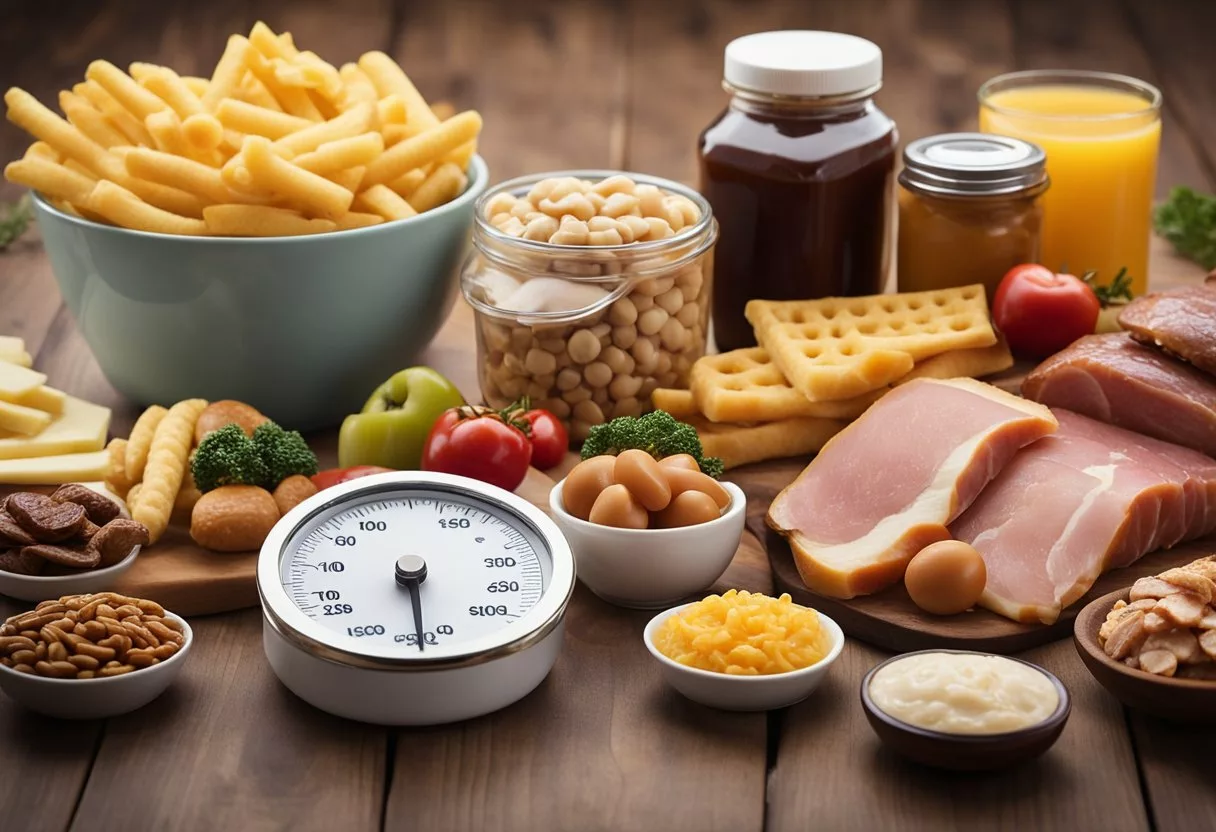
What you eat and drink can greatly affect your blood pressure. Certain foods raise blood pressure, while others help lower it. Key factors are sodium intake and consumption of processed foods.
The Role of Sodium
Too much sodium can cause the body to retain extra water. This increases blood volume and puts more pressure on blood vessels. Most people should limit sodium to 2,300 mg per day or less.
Common high-sodium foods include:
- Table salt
- Canned soups
- Deli meats
- Frozen dinners
- Salty snacks
Reducing sodium intake often leads to lower blood pressure. Reading food labels helps track sodium content. Cooking at home with fresh ingredients gives more control over sodium.
Processed Foods and Blood Pressure
Processed foods often contain high amounts of sodium, sugar, and unhealthy fats. These can contribute to weight gain and inflammation, both of which may raise blood pressure.
Examples of processed foods to limit:
- Fast food
- Packaged snacks
- Sugary drinks
- Canned meals
- Breakfast cereals
Eating whole foods like fruits, vegetables, and lean proteins is better for blood pressure. These foods provide nutrients that support heart health without excess sodium or additives.
Hidden Dangers in Common Foods
Some everyday foods can secretly raise blood pressure. Two main culprits are added sugars and unhealthy fats. These ingredients often hide in processed and packaged items.
Sugar and its Effects
Added sugars can increase the risk of high blood pressure. They’re found in many foods, not just sweets. Sodas, flavored yogurts, and breakfast cereals often contain high amounts.
Sugar can lead to weight gain. This puts extra strain on the heart and blood vessels. It also causes inflammation in the body, which can damage arteries.
Reading food labels is key. Look for terms like sucrose, fructose, and corn syrup. These are all forms of added sugar. The American Heart Association suggests limiting added sugars to 6 teaspoons per day for women and 9 for men.
Trans Fats and Hypertension
Trans fats are especially harmful to heart health. They raise bad cholesterol levels and lower good cholesterol. This combination can lead to high blood pressure and heart disease.
Many processed foods contain trans fats. Look for “partially hydrogenated oils” on ingredient lists. Common sources include:
- Fried foods
- Baked goods
- Some margarines
- Packaged snack foods
The FDA has banned artificial trans fats in the U.S. However, some products may still contain small amounts. It’s best to avoid foods with any trans fats listed on the label.
Healthy Alternatives and Tips
Lowering blood pressure can be achieved through smart food choices and cooking methods. Focusing on low-sodium options and adding more vegetables to your diet are key strategies for better heart health.
Low-Sodium Choices
Reducing salt intake is crucial for managing blood pressure. Choose fresh or frozen vegetables instead of canned ones. When buying canned goods, look for “no salt added” or “low sodium” labels.
Use herbs and spices to add flavor without salt. Some tasty options include:
- Garlic powder
- Oregano
- Basil
- Lemon juice
- Black pepper
Read food labels carefully. Many processed foods contain hidden sodium. Pick whole foods when possible.
Cook meals at home to control salt content. Use less salt in recipes or leave it out entirely. Your taste buds will adjust over time.
Incorporating More Vegetables
Eating more vegetables can help lower blood pressure naturally. Aim for a variety of colors on your plate. Each color provides different nutrients.
Try these easy ways to add veggies:
- Add spinach to smoothies
- Snack on carrot sticks and hummus
- Include a side salad with meals
- Roast a mix of vegetables as a side dish
Leafy greens like kale and Swiss chard are especially good for blood pressure. They contain potassium, which helps balance sodium in the body.
Experiment with new vegetables regularly. This keeps meals interesting and provides a wide range of nutrients.
Frequently Asked Questions
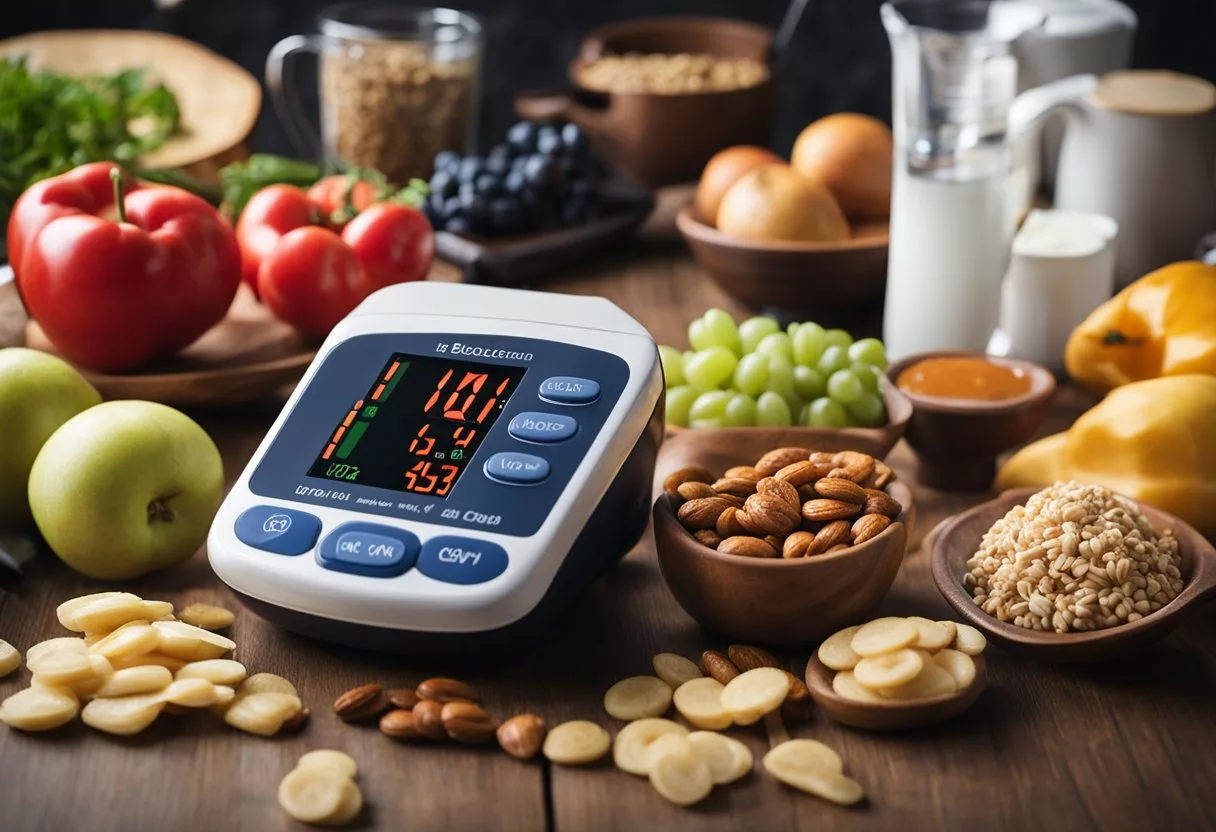
Blood pressure can be greatly affected by dietary choices. Certain foods may lead to increased blood pressure, while others can help maintain healthy levels.
What are the top foods known to raise blood pressure that should be avoided?
Canned soups often contain high amounts of sodium. Pickles are also very high in salt. Deli meats are processed and usually packed with sodium.
Frozen pizzas are loaded with salt and unhealthy fats. Instant noodles typically have very high sodium content.
Can certain foods immediately increase blood pressure, and which are they?
Some foods can cause quick spikes in blood pressure. Caffeine in coffee or energy drinks may lead to short-term increases.
Very salty foods like chips or pretzels can cause a temporary rise. Alcohol can also lead to immediate blood pressure increases.
Which foods are considered the worst for individuals with high blood pressure?
Cold cuts and cured meats are among the worst choices. Canned soups and frozen meals often contain excessive sodium.
Fast food items like tacos and burritos are typically high in salt and unhealthy fats. Sugary foods and drinks can also contribute to blood pressure issues.
Are there particular fruits to avoid for managing high blood pressure effectively?
Most fruits are good for blood pressure control. However, canned fruits packed in syrup should be avoided due to added sugars.
Dried fruits can be high in calories and sugar if eaten in large amounts. It’s best to eat fresh fruits in moderation.
Which dietary choices should be limited to maintain healthy blood pressure levels?
Sugary foods should be limited as they can lead to weight gain. Fatty meats and full-fat dairy products are high in saturated fats.
Packaged snacks and baked goods often contain unhealthy trans fats. Alcoholic beverages should be consumed in moderation, if at all.
How do specific foods contribute to the risk of hypertension?
High-sodium foods cause the body to retain more water, increasing blood volume. This puts extra pressure on blood vessel walls.
Foods high in saturated and trans fats can lead to the buildup of plaque in arteries. This narrows blood vessels and increases blood pressure.
Sugary foods can lead to weight gain and inflammation, both of which can raise blood pressure over time.